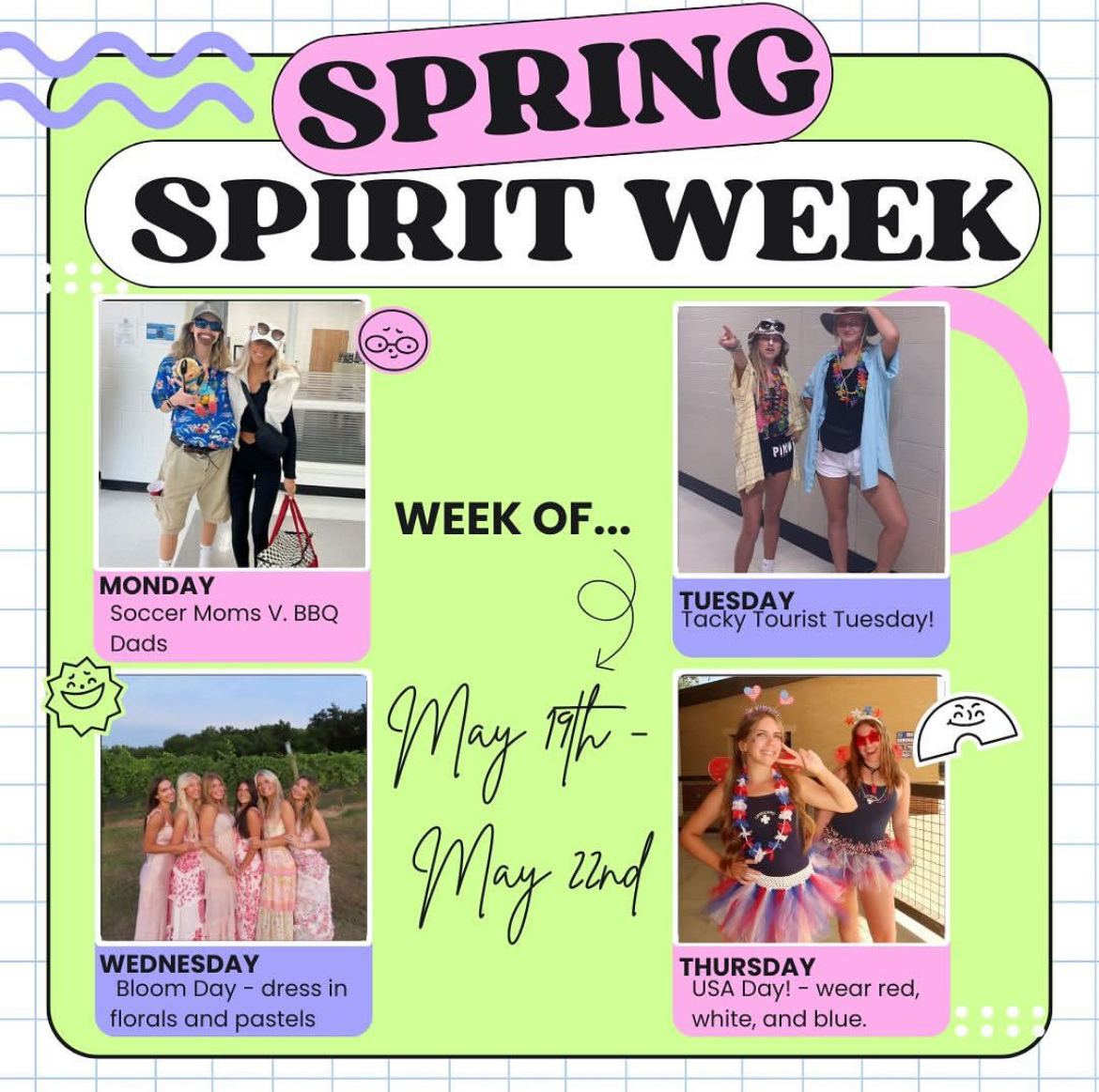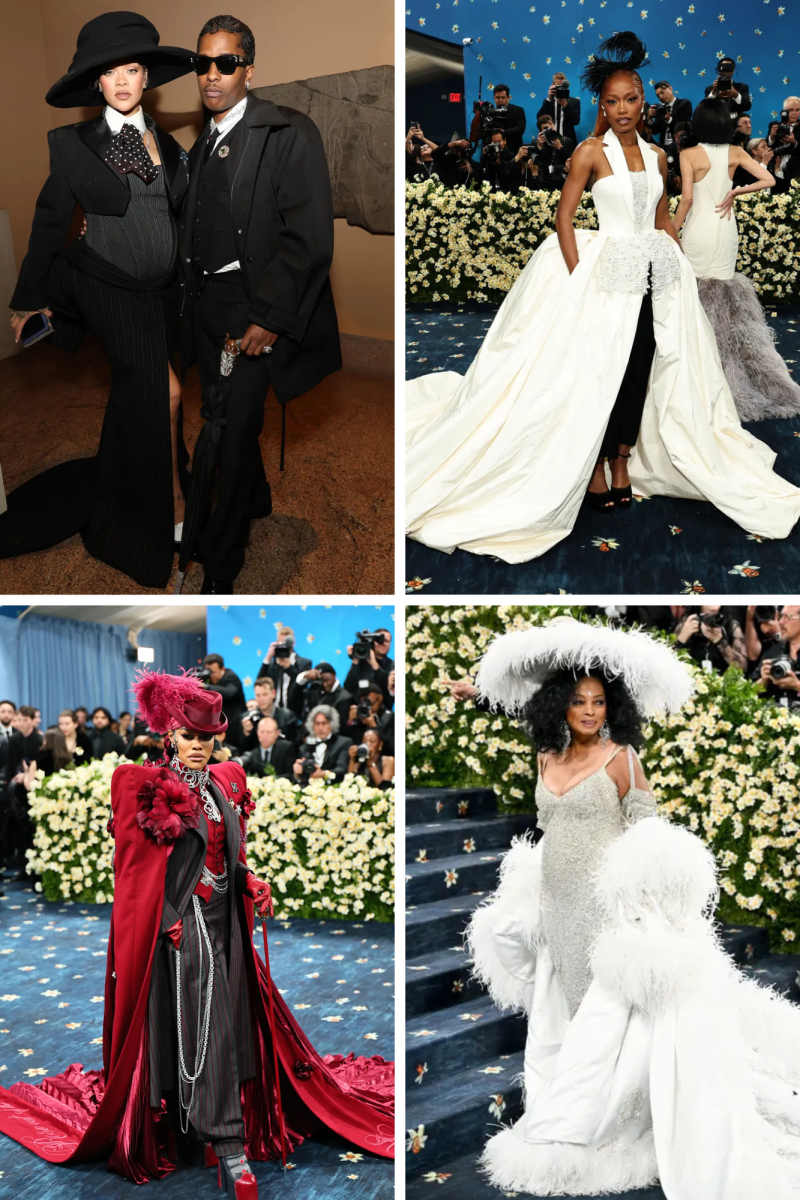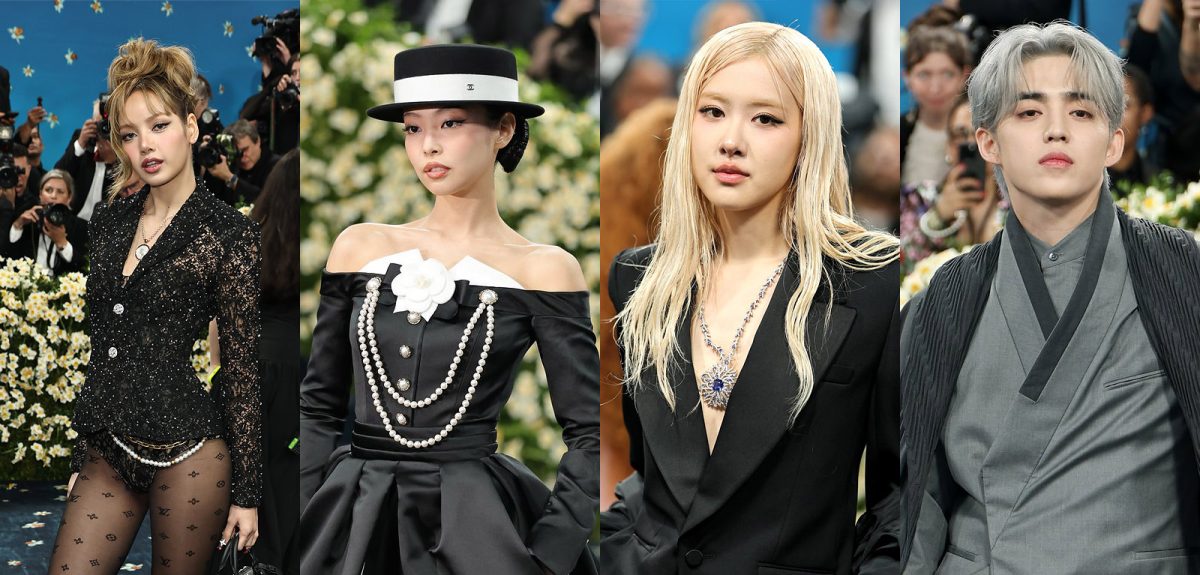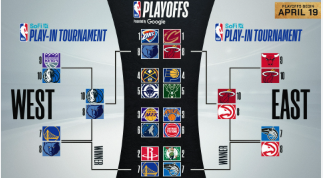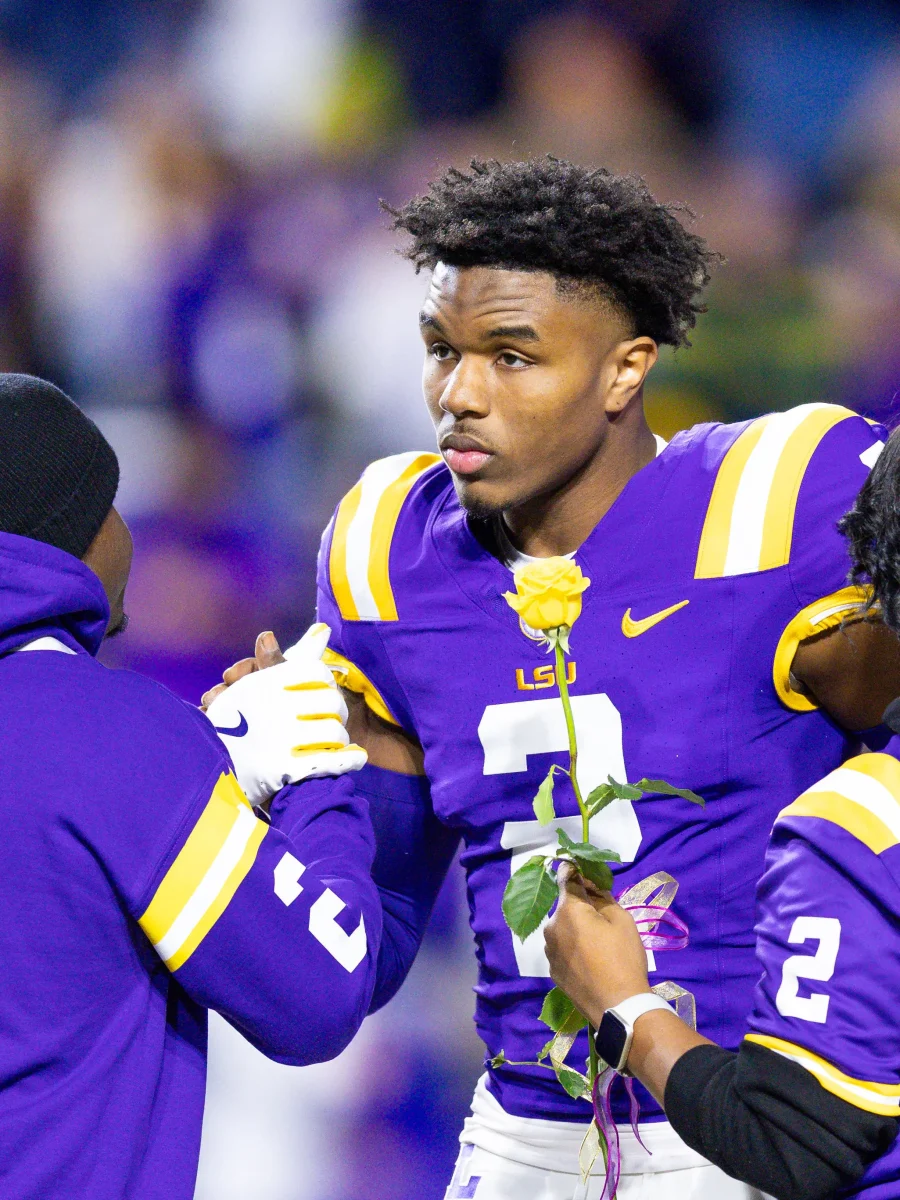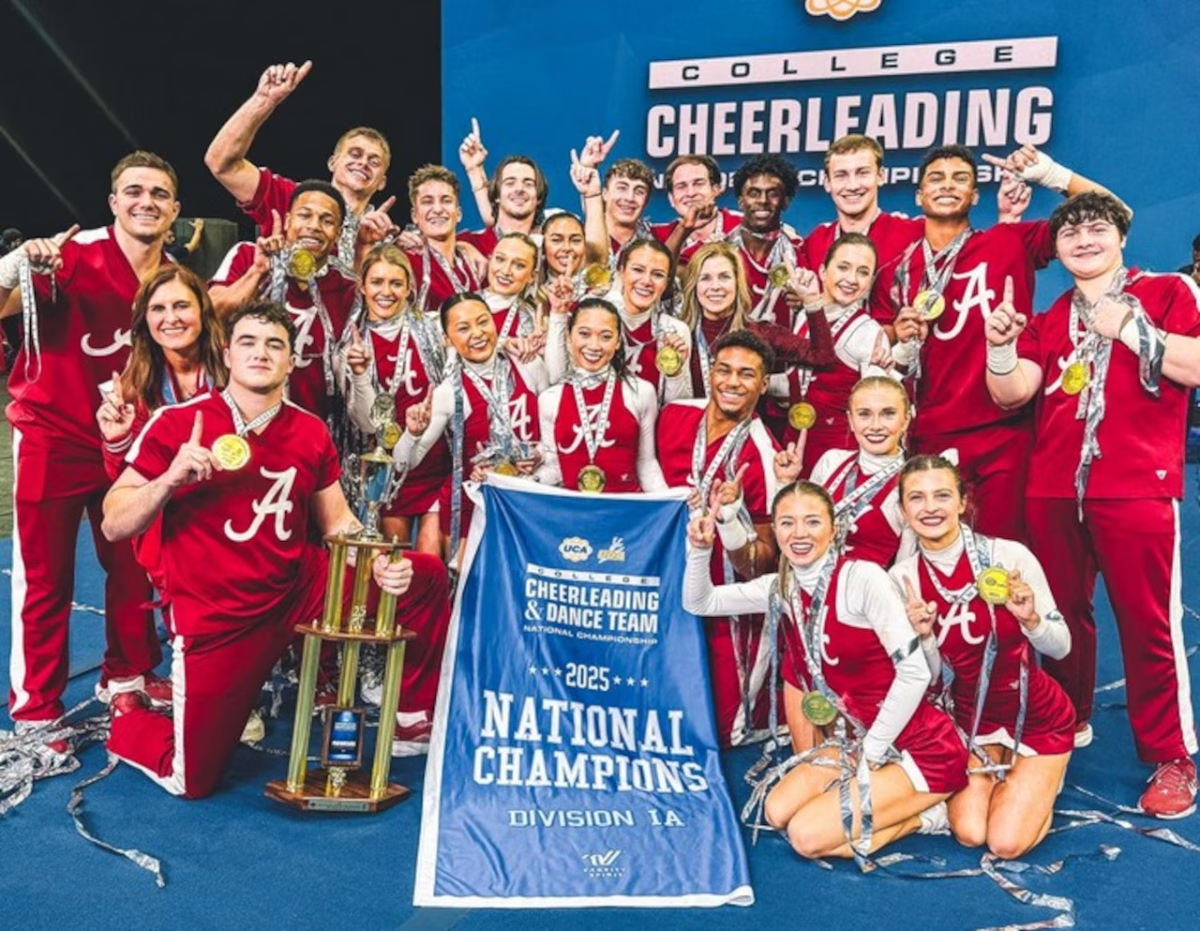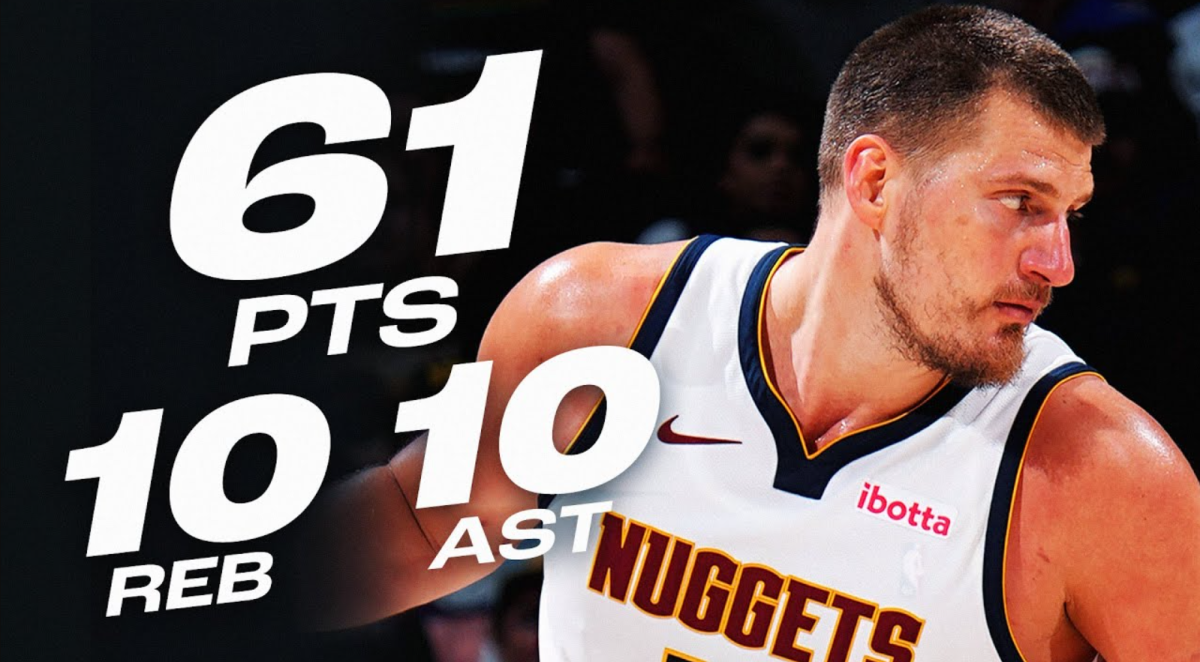The Universal Cheerleaders Association brings over 300 teams together to Walt Disney World in Orlando, Florida, from January 17th to 19th for UCA cheer nationals. The sport that is most well known for supporting other sports typically goes unrecognized. Cheerleading is often debated as not being a sport, but regardless of your standpoint on this matter, it is undeniable that cheer is one of the most physically demanding sports out there. Despite this, people typically don’t know much about this cheer competition.
A college UCA cheer competition consists of 25 different divisions in five categories: stunt, mascot, game day, all-girl, and coed. No matter the category or division, cheerleaders will perform a choreographed routine containing a sequence of skills; skills include jumps, stunting, tumbling, and a pyramid. Teams are scored out of 100 and every little thing happening on the mat is being watched and critiqued to add up to your score. After you get the score from what you completed, judges then worry about what didn’t go well. If a stunt falls or an athlete misses a tumbling pass, points are taken off and they earn what is called a deduction. A team can also accumulate safety deductions when an athlete does something that is against the rule books and a large amount of points are removed. Examples of this include: having jewelry on, land tumbling off of the mat, or completing an illegal skill.
When thinking about cheer most people will picture the traditional game day division. In this, cheerleaders mainly focus on audience participation, band chants, and sideline cheers. It looks similar to what you see on the sideline during a football game when cheerleaders are attempting to hype up the audience and get participation in chants. Teams in this division typically compete with less elite skills and use props such as pom-poms, megaphones, flags, signs, etc. In this category, there are smaller divisions such as large/small groups and coed/all-girl. How many participants you have and whether you have men on the mat are the factors that decide your division in most categories. This year the overall highest game day score was Sacred Heart University with a final score of 98 points, making this their fifth time winning their division in 6 years. They are quickly gaining dominance over this division despite their loss to West Chester University last year while taking third.
Other popular categories are all-girl and coed which are then broken down into three main smaller divisions: large coed, small coed, and all-girl. The differences in these are the size of the group and amount of men allowed on the mat, just like in game day. Small coeds contain four or less men while large coeds are five or more but have a ratio maximum. In this category, cheerleaders compete at a higher level of difficulty to a routine with music. Unlike game day, they have a routine they perform rather than specific chants and cheers but the principle of performing for the crowd remains. The top score in this category was the University of Alabama who competed in coed, winning top honors with a 94.8. This is a title they haven’t won since 2015. However, the all-girl division was won by the University of Mississippi making this their first ever title.
The last two and least known categories that participate are mascot and partner stunt. Mascot competition consists of one athlete, includes many props, and is overall intended to be entertaining. They don’t include skills like a regular routine would, it is closer to a fun dance centered around prop usage to display creativity. Aubie the Tiger from Auburn University currently holds the most titles with 11 wins but this year, he was beaten by University of Cincinnati for Division IA Champion. Partner stunting is the only other category that includes a small number of athletes with either four girls or two athletes, one male and one female if in the coed division. The only element included in these divisions are stunts. The groups will be judged on the execution and difficulty of the stunts. The top scores were from Weber State University in coed and University of West Georgia for all girls.
Overall, there is a lot more that goes into cheerleading than what meets the eye and national season is one of the only times a year they get to showcase what they train so hard to do. It goes beyond just cheering to support other sports like football, it is its own sport that deserves recognition like any other. Supporting all levels, from college to junior high school is something that these athletes have earned. High school cheer nations take place from February 7-10th and run on a similar format to college, many participants will go on to compete in college later in their careers.







